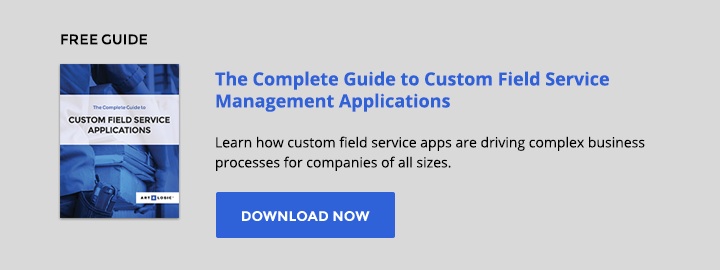Customer satisfaction is increasingly being linked to revenue growth for field services companies, with a recent Aberdeen report finding that organizations that achieved a 90% rating in customer satisfaction also enjoyed a 6.1% growth in their service revenues and a 3.7% growth in overall revenue. In light of the link between delighting the customer and the benefits a company can expect in return, the industry is looking to technology for disruption in customer service practices.
Remote diagnostics
According to benchmark data gathered at the 2014 Field Service conference, less than a third of companies reported that 50% or more of their service requests were completed through remote assistance. That said, 31% said that remote diagnostics was their main focus for their technician training programs, ahead of PCs (16%), smartphones (20%), and CRM tools (15%). Remote diagnostic tools go hand in hand with lean inventory management strategies as ways to create a more powerful, yet less expensive network of support.
Knowledge management
While remote diagnostics was the top priority among benchmark survey respondents, with 42% of the response, knowledge management tools were the second biggest, at 40%. Improving the ability to act on customer service requests is the domain of remote diagnostics. Knowledge management tools hold the promise of allowing organizations to learn more about how to predict customer needs before they know they need them. As a part of a proactive, as opposed to reactive service strategy, updating knowledge management tools carries weight on the same scale as diagnostic tools.
Smart-connected products
Customers hate product down time, and minimizing wait when something breaks is a major part of service, but what if a product could let you know it needs repair before it breaks? That is the premise of smart-connected product technology, and 40% of benchmark respondents said it was the next-gen tool that they were prioritizing over the next 5 to 10 years. Not only that, 33% stated that it was also the development that they were the most excited about. These results are not surprising- when the customer never has to deal with a loss of product functionality over its lifetime, it’s a safe bet that they will be pleased.




